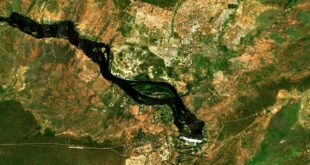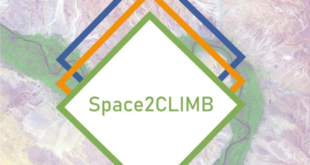UPDATE: The launch director halted today’s (29 Aug 2022) Artemis I launch attempt at approximately 8:34 a.m. EDT. The Space Launch System rocket and Orion spacecraft remain in a safe and stable configuration. Launch controllers were continuing to evaluate why a bleed test to get the RS-25 engines on the bottom of the core stage to the proper temperature range for liftoff was not successful, and ran out of time in the two-hour launch window. Engineers are continuing to gather additional data.
Stay tuned, we will be back!
Artemis I will be the first integrated flight test of NASA’s Deep Space Exploration Systems: the Orion spacecraft, Space Launch System (SLS) rocket, with the newly upgraded Exploration Ground Systems at Kennedy Space Center in Cape Canaveral, Florida.
The primary operations goal of the mission is to assure a safe crew module entry, descent, splashdown, and recovery. In addition to sending Orion on its journey around the Moon, SLS will carry 10 small satellites that will perform their own science and technology investigations. The first in a series of increasingly complex missions, Artemis I will provide a foundation for human deep space exploration and demonstrate our commitment and capability to extend human existence to the Moon and beyond prior to the first flight with crew on Artemis II.
Artemis I is foundational to the space economy, fueling new industries and technologies, supporting job growth, and furthering the demand for a highly skilled work force. Men and women in all fifty states are hard at work building the Deep Space Exploration Systems to support missions to deep space. NASA prime contractors, Aerojet Rocketdyne, Boeing, Jacobs, Lockheed Martin, and Northrop Grumman currently have over 3,200 suppliers contributing to the milestone achievement that heralds the success of America’s human spaceflight program.
More to learn about the mission here.





